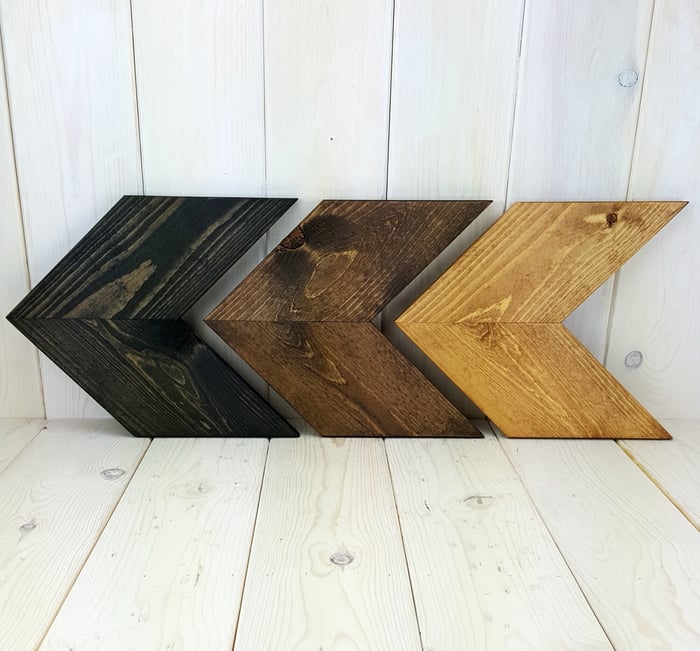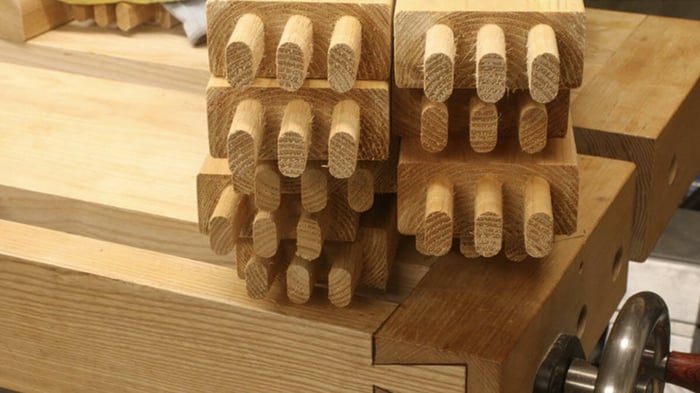
Starting a Woodworking Business: A Practical Guide
So, you want to start a woodworking business. You’ve got the passion, the skills, and maybe even some tools. But how do you turn that hobby into a source of income? In this article, we’ll cover the essentials, from finding your niche to scaling up production, all based on insights from Matt’s Vectric Worldwide 2020 session, Turn Your Hobby Into a Business. You can watch in full screen here.
- Starting a Woodworking Business
- Selling Online
- Product Photography
- A Brief Vectric Tutorial
Let's dive into the first part: Starting a Woodworking Business.
Finding the Foundation of Your Business
Before you write one word of a business plan, you need to understand the essence of your business. The core principle is simple:
Find something you enjoy doing (or making), that people will pay for, in a mutually beneficial transaction.
Let’s break that down:
- Find Something You Enjoy Doing
For Matt, the journey began when he got his degree in graphic arts, moved into his own apartment, and started making his own furniture. He discovered that he loved working with his hands, creating something real and tangible. That’s where many woodworking businesses start — as a hobby. If you’re passionate about what you’re making, it’ll show in the quality of your work, and that’s an essential ingredient for success. - ...That People Will Pay For
This part is a bit trickier. It’s not enough to make something that people think is nice or cool. You need a market — a group of people who are willing to pay for what you’re selling, and you need to be able to reach them.
Matt found his initial market on Facebook. As he crafted his furniture, he posted pictures, and soon, people began asking, "Hey, can you make something for me?"
He started with a simple product: two pieces of wood mitered together to form an arrow shape for wall art. A set of three for $20. That simple post led to around 60 orders. That moment marked the conception of his business — a small, manageable product that people wanted to buy. *Tip:* Think about your online presence, the name you use, and the audience you want to attract. Most importantly, understand what your target customers are looking for online. Matt initially targeted other woodworkers, sharing techniques. While it did lead to valuable connections (including one with us at ToolsToday:), focusing on reaching buyers, not just fellow enthusiasts, will bring in more sales.
*Tip:* Think about your online presence, the name you use, and the audience you want to attract. Most importantly, understand what your target customers are looking for online. Matt initially targeted other woodworkers, sharing techniques. While it did lead to valuable connections (including one with us at ToolsToday:), focusing on reaching buyers, not just fellow enthusiasts, will bring in more sales. - ...In a Mutually Beneficial Transaction
This is where your passion meets practicality. It’s not just about what you enjoy making; it’s also about finding a balance between what you can create and what will sustain your business financially.
Key Steps to Starting a Woodworking Business
- Find a Profitable Niche
Matt recommends focusing on home decor, wedding items, or children’s products. People are often willing to spend more on these types of items. The key is to offer unique, high-quality products rather than competing on price with big manufacturers.
Remember, customers often equate price with quality, so don’t undervalue your work. - Start Lean
When Matt started, he invested in a circular saw, a drill, and a jigsaw — about $150 total. Later, he added a miter saw for another $100. As the business grew, he reinvested his earnings into buying more tools.
This lean approach allowed him to test the market without a huge initial investment. Start small, gauge interest, and grow based on customer feedback. - Value Works Both Ways
You'll want to give your customers good value, but that doesn't mean low prices, it means good quality at a fair price. You need to get value, too. That's the mutually beneficial part.
At one point, Matt was running his business out of three garage units at his apartment complex. He had moved onto Etsy, selling those arrow sets for $30, which felt like a good price. They cost only a few dollars in wood and about 30-40 minutes to make.
But after factoring in rent, utilities, tool maintenance, and replacing things like stain and sandpaper, he realized he wasn’t earning a sustainable living wage. He had to adapt and expand to other, more profitable products. - There’s No Substitute for Hard Work
Over four years, Matt produced over 5,000 sets of those wall arrows before he stopped making them. He expanded his product range, continually reinvested his earnings, and eventually purchased a CNC machine, which doubled his production capacity. But even with improved tools, the work was relentless. Count them. Five Thousand.
Count them. Five Thousand.
"I was working from 2 a.m. to 7 a.m., posting stories throughout that process. That was the time I had available before going to work. That’s how I turned a hobby into a business. It definitely takes hard work and determination, but it can be very successful." — Matt
Starting a woodworking business requires more than just skill with tools; it requires finding a niche, starting lean, providing value, and putting in the hard work to grow. Begin with products you enjoy making, identify your market, and steadily build from there. The journey won’t be easy, but if you’re dedicated, it can lead to a fulfilling and profitable venture.
Stay tuned for the next part of our series, where we’ll discuss selling your woodworking products online.





